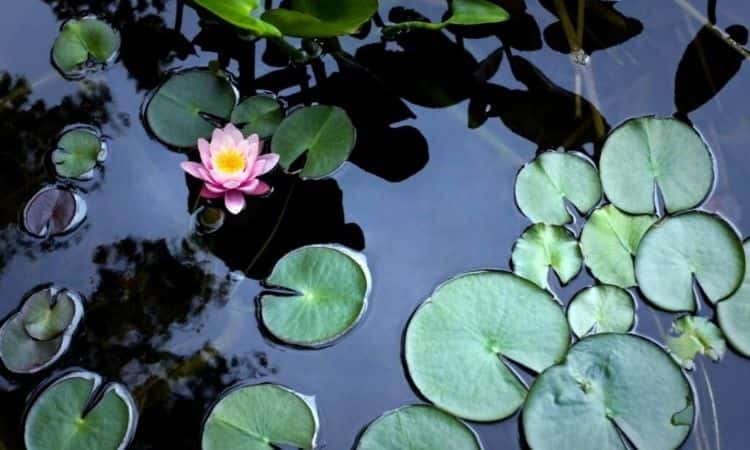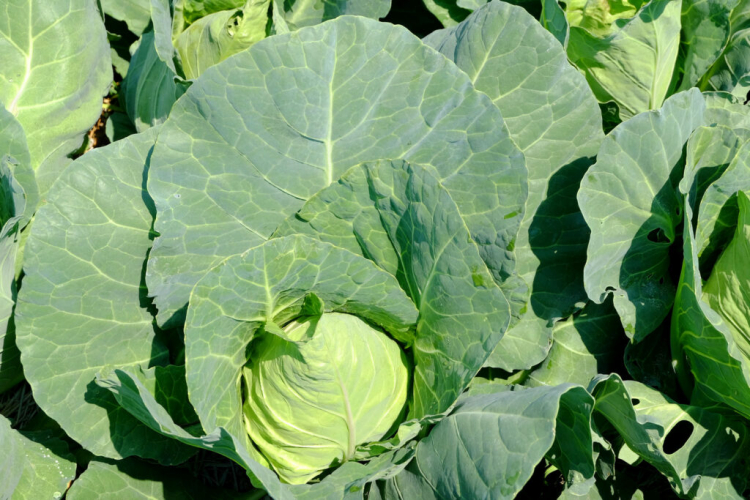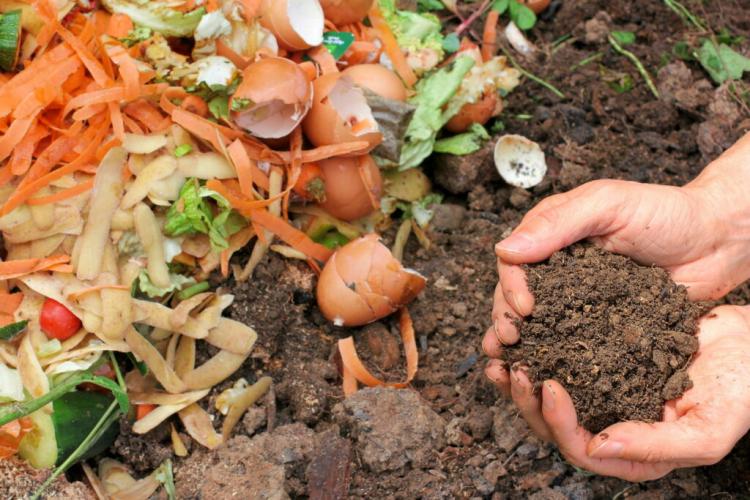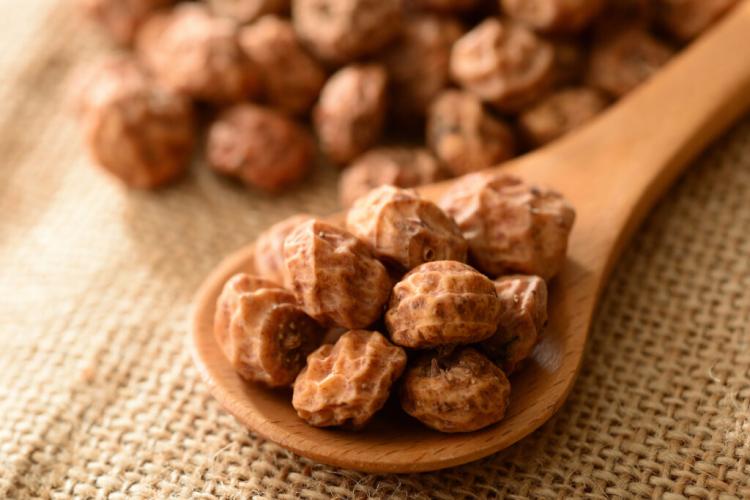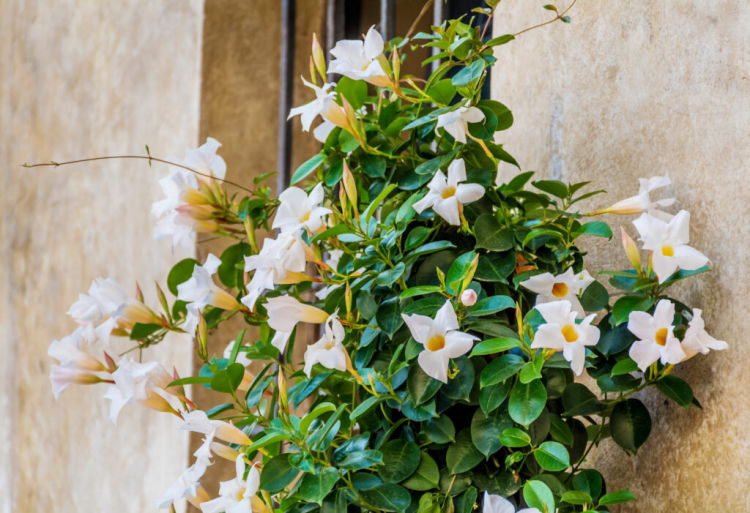Plants In The Pond: All About For Care Of A Different Species
Pond plants are what make a garden pond a real eye-catcher. What you should consider when buying, the species and care, you will learn here. A beautiful pond is often the centerpiece of the perfect garden. For many an amateur gardener, however, it quickly turns into a nightmare. In a few simple steps, we’ll show you how to prevent this from happening and what you should consider when buying, species, and caring for pond plants.
Pond plant species: an overview
Table of Contents
The most important point when planting a pond is – as is often the case – proper planning. When planning, make sure that your pond has at least an area of 75 sq. ft. This will make it much easier to maintain the biological balance. It is also important to ensure that you also plan the division into planting zones properly, as different plants have individual requirements for the respective water level. In the following four subsections, we will go into more detail about these special requirements.
Pond plants for the shore zone
The riparian zone is home to all plants that like moisture but cannot tolerate waterlogging and constant contact with water. This is where you should primarily use plants with high nutrient requirements, as they thrive best there. Some of the most beautiful plants suitable for edging the pond include irises (Iris), cuckoo carnations (Silene flos-cuculi), foxglove (Dactylorhiza fuchsii), and marsh zest (Stachys palustris). These species are hardy and relatively undemanding in their care and fertilization.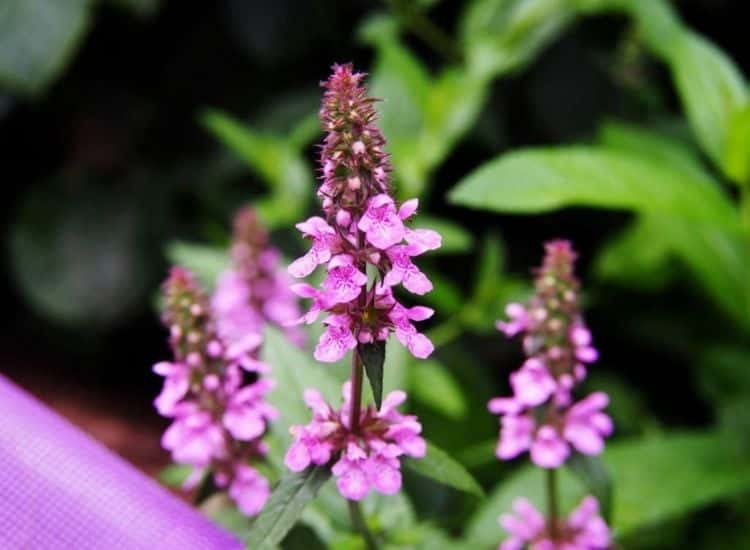
Pond plants for the swamp and shallow water zone
The marsh zone is normally located at the edge of the pond shore and is between 4 in. It flows smoothly into the somewhat deeper shallow water zone, which reaches a water depth of up to 11.8 in. The two zones provide space for numerous plants and animals, which – depending on their size – feel comfortable in a water depth of 4 to 11.8 in.
These plants have an important filtering function that prevents algae from spreading too much. To integrate these two zones in the garden pond, you need to separate the areas from the deeper water zone. Marsh marigolds (Calla palustris) are particularly suitable for planting.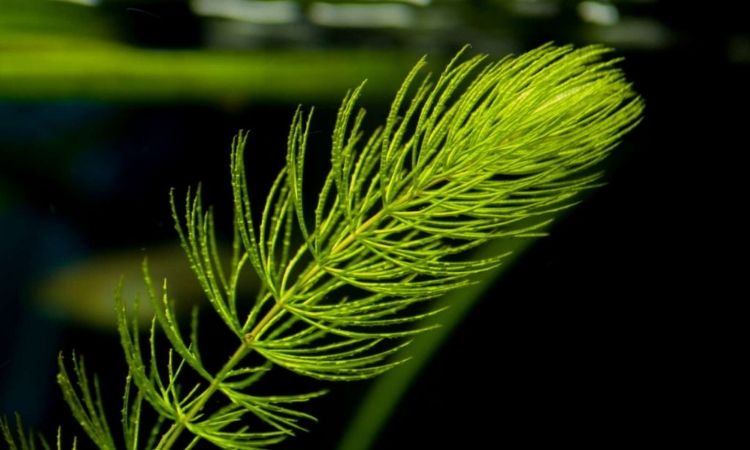
Pond plants for the deepwater zone
The water zone covers a depth of 15 to 30 in. and mainly includes water lilies (Nymphaea), water hyacinths (Eichhornia), or lotus (Nelumbo), as only plants with very long stems, make it to the surface here. These are an asset to any pond simply because of their beauty and vigor.
The deep zone of a pond, which begins at 40 in, is populated by submerged or floating plants, which have the important property of introducing oxygen into the pond. They include hornwort (Ceratophyllum), fir frond (Hippuris Vulgaris), water crowfoot (Ranunculus aquatilis), and water lettuce (Pistia stratiotes).
Inserting pond plants: Instructions and time of year
The ideal time of year to start planting is late spring. Outside temperatures of 59 °F and above prevent damage to the pond liner, which can become brittle at low temperatures unless the pond is filled. Pond Plants that are not hardy – such as the tropical lotus (Nelumbo) and species of swamp hibiscus (Hibiscus) – can now also be planted without hesitation. Ideally, you should use plant baskets filled with pond soil.
This soil has a high clay content and few nutrients, which prevents algae infestation. Once you have planted the plants, fill a thin layer of gravel on top of the pond soil to prevent it from floating up. Before filling the pond, place the plants in their respective positions. If your pond is already filled or you want to add new plants to the pond, below we bring you closer to two options.
If you are feeling adventurous, we recommend investing in a good pair of rubber boots or fishing pants. Alternatively, use a long pole with a hook on the end. Since plant baskets for pond plants are perforated, the hook should have approximately the same dimensions.
Simply pass the hook through one of the holes and test the settling of the plants on land beforehand. With a little practice, this will allow you to place all of your plants in the designated spots with ease.
Prune and care for pond plants
During prolonged hot spells in the summer, it is especially important to add water to the pond. Rainwater from the cistern or tap water is best for this purpose, as it provides a cooling and aerating function.
Do not forget to pay attention to the shore and edge zone, because these plants also have an increased need for water in the summer. If there is a lot of plant growth, simply prune the respective plants back generously and carefully remove the dead parts from the pond.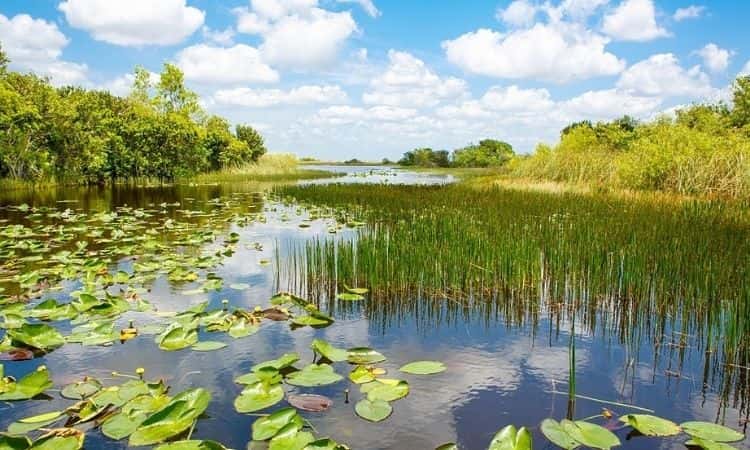
If too much dead plant material remains in the pond, sludge will form from the decaying plant parts. This will ultimately cause the pond to become cloudy and result in increased algae growth.
Overwintering pond plants
If the temperature drops below 53° F, you should slowly stop feeding the fish and remove the non-hardy plants from the pond. To overwinter them frost-free, simply prune the plants back.
Be sure to remove any dead material in the process to prevent disease. Store the plants in a tub or tub, as they need their usual moisture. Overwintering should be done in a cool, well-lit place, temperatures below 53 ° F are recommended.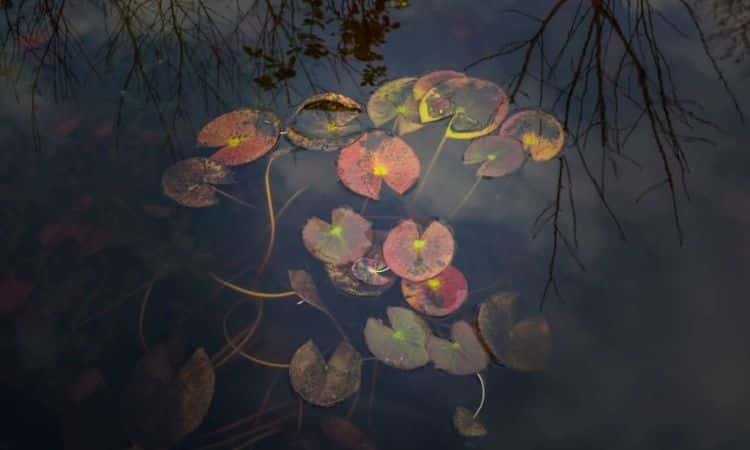
Before the onset of winter, you should also skim and remove leaves and other organic material from the pond surface. Then prune reeds, bulrushes, and other tall plants just above the waterline and remove this organic debris from the pond as well.
This is important to ensure subsequent gas exchange when the ice is closed and to prevent the pond from silting up. You should prevent the pond from freezing over completely anyway, otherwise, putrefactive gases can form under the surface.
Summary
Finally, here is a small checklist to help you get started with pond care:
- Insertion of new plants from 60° F outside temperature.
- Only use healthy plants
- Regular pruning of vigorous plants
- Dispose of the dead, organic material from the pond
- Add fresh water in summer
- Remove non-hardy plants from the pond at low temperatures
- Keep pond ice-free in winter
